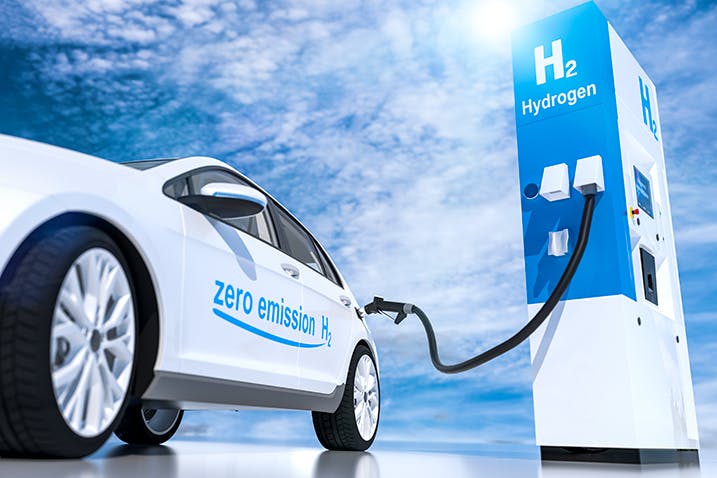Complement with all‑electric engines
Considering the challenges of post‑oil mobility, which will require the best use of all available levers, hydrogen must take advantage of the development of green electricity networks and find its place alongside all‑electric engines. “These two approaches are very complementary in their uses,” says Jean‑Paul Moulin. “Hydrogen has a higher energy density than batteries, which means greater autonomy and much faster refueling times
- it only takes a few minutes to fill up.” Fuel cells are therefore better suited to vehicles covering long distances, such as commercial vehicles, trucks, coaches, trains and even boats.
Arkema is working hand‑in‑hand with the hydrogen industry to rise to the challenge.
This is the prospect being opened up by manufacturers and OEMs with expertise in high‑performance materials, including Arkema, who are investing in this technology:
“We are closely monitoring progress in the industry and are already developing a set of dedicated solutions that will contribute to improving the performance and carbon footprint of hydrogen vehicles,” emphasizes Jean‑Paul Moulin. From tank shells to fuel cell exchange membranes, hydrogen mobility can rely on Arkema’s materials and ideas to write the future.







